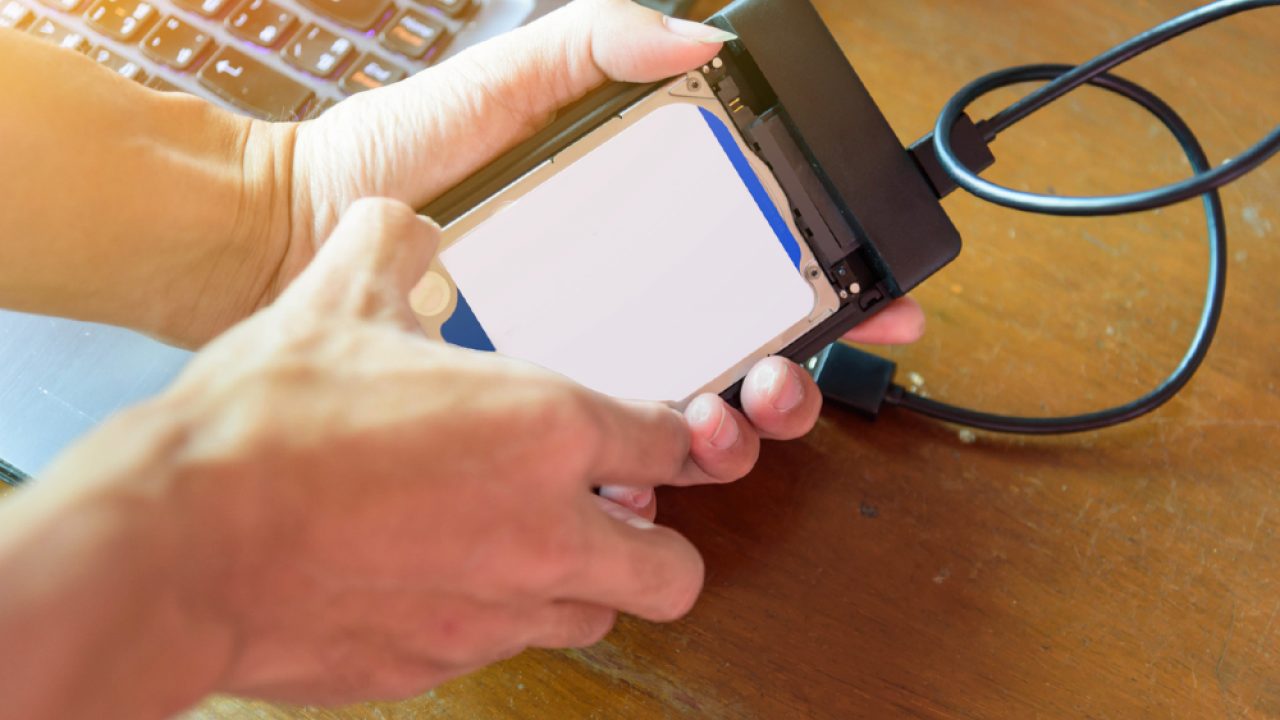
Home Reviews Computers & Accessories The Best SATA to USB Cables for Quickly Accessing Drives
TechJunkie Expert Recommendations
TechJunkie is supported by our readers. When you make a purchase through our links, we may earn a commission. Read More.

We may earn a commission if you make a purchase through one of our links. The newsroom or editorial staff was not involved in the creation of this content.
SATA to USB cables are one of the most useful accessories when it comes to computers and laptops because they allow communication between two of the most common interfaces. Almost all computers these days come with a USB port, and Serial Advanced Technology Attachment, more commonly known as SATA, is used on almost all the internal drives found in computers. These include hard disk drives (HDD) and solid-state drives (SSD). These SATA to USB cables can help with various tasks from recovering data in case of a hard drive failure to upgrading to a faster and more advanced SSD. Due to their many advantages, there are a lot of manufacturers developing SATA to USB cables. It is easy to become overwhelmed by the number of options available, especially if you are a beginner. In order to make the selection process easier for you, our team has broken down the most functional SATA to USB cables for 2023.
The Neeyer SATA to USB cable is a very portable accessory as it does not require any external power. It comes with the UASP technology which allows you to transfer data at a 70% faster speed than the conventional USB connector. You just need to make sure that your device is UASP compatible. The transfer speed via USB 3.0 provided by this cable is 5Gbps. It can be connected to a 2.5 to 3.5 inches HDD or SSD, which allows you to perform certain tasks like adding storage, transferring content, implementing recoveries and performing backups. A 12V power adapter is included which will need to be connected through the DC jack port if you are using a 3.5” drive.
This SATA to USB cable is another great option for quickly connecting your laptop or computer to an external SSD or HDD. This cable is only compatible with 2.5” drives, but you have the option to choose one that is compatible with 3.5” drives as well. This cable is also equipped with the UASP technology which can provide a 40% faster write speed and a 70% faster read speed than conventional USB connections. It is fully plug-and-play as you do not need to install any drivers or connect the accessory to a power source, which means that switching between different devices is convenient. The company provides a 2 year warranty along with a free lifetime technical support.
What makes the BENFEI SATA to USB cable stand out from others is compatibility with all versions of different operating systems including Windows, Mac OS, Linux, PS4 and Xbox. Since it does not come with the UASP technology, you can use this cable even if you are using an old operating system like Windows Vista. It is also compatible with most SATA drives. The design is very compact, so it is easy to use and carry. The connectors are made from durable materials and are resistant to corrosion while being rigid, which ensures improved and uninterrupted signal performance. This cable is not compatible with 3.5” or 5.25” drives and can only provide transfer speeds of up to 5Gbps.
This SATA to USB cable comes with LED lights that can show the status of the cable at all times. The red light is the power light, which turns on as soon as you plug the device in. The blue light shows the activity status, which blinks at first and then becomes constant when you are copying files or transferring data. The short length of the cable makes it portable, but you will need to keep the devices next to each other. It is compatible with 2.5” drives only and 3.5” hard drives or SSDs cannot be connected to this. The UASP technology allows fast transfer speeds, which makes it a very convenient option if you use a 2.5” SSD or HDD.
Last but not least, this SATA to USB cable is another suitable option if you want to transfer files or add drive space to upgrade your laptop. This accessory provides a transfer speed of up to 6Gbps, which is faster than the other cables we have reviewed. This is also reverse compatible with USB 2.0 and 1.1. No drivers need to be installed and a power source is not needed, so this is very convenient to use. It is ideal for several operating systems including Dell Optiplex. Also, you can choose from 2.5” and 3.5” drive compatible cables depending on your HDDs or SSDs. The LED lights allow you to know the activity status of the device at all times.
Just like any other cable, if used frequently, SATA to USB cables will degrade over time. Plugging them in and out repeatedly can cause them to become damaged, but those made from durable materials will generally last you a long time.
SATA cables can be categorized into three types. SATA 1 provides 1.5 Gbps speed, SATA 2 provides 3.0 Gbps and SATA 3 provides 6.0 Gbps speed. Other than the speed, these cables are not very different from each other and are backward compatible.
If you are unsure if your computer has recognised the drive, check to see if the drive is spinning or vibrating. If it is completely still, it means that the drive did not start. Investing in a cable that comes with LED lights is useful because it can show its activity status at all times.
If you don’t see an app that should be here, let us know what it is